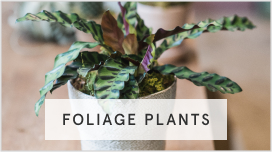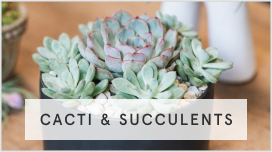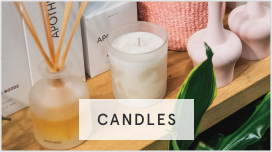They may make their home in the desert, but succulents enjoy prominence in homes all over the world, too. These brilliant plants are prized for their unique appearance, fleshy leaves, and wide range of colors, sizes, and structures. Better yet, they’re quite easy to maintain. Even if you’ve never owned a pair of pruning shears and have never quite thought of yourself as a gardener, you can still nurture a succulent and enjoy its natural beauty for years. Here’s how to make sure yours thrives!
The Moisture Factor
What’s in a name? A whole lot if you’re a succulent! It’s derived from a Latin term, “sucus,” that refers to juice, moisture, or sap. It’s an apt moniker for a plant whose thick leaves and stems soak up and hold onto water. That’s precisely why they handle desert life so well. These drought-resistant beauties will never wilt due to lack of moisture.
Because they’re so well adapted to these drier conditions, you don’t need to worry about watering them too often. It’s best to wait until the soil is completely dry — and in general, less is more where water is concerned. If you hydrate when the roots are still wet, you risk dealing with rot that could ultimately spell the demise of the plant.
The Right Lighting
Succulents require significant daily exposure to sunlight to remain healthy. You should aim for anywhere from three to six hours of direct light, depending on the succulent you have.
While scorching is rare, it can occur occasionally. If you notice white marks, the damage is likely minimal enough to reverse course and preserve the plant. Just move it to a shadier area for about a week, and add water to the soil if it feels dry. Only return it to the sunny spot when the white marks disappear. If you see brown spots, that’s indicative of a more severe burn; you’ll need to wait for it to grow out. And if your succulent doesn’t receive enough sunlight, its leaves may take on a stretched appearance as it attempts to reach out and absorb whatever light it can.
The Nutrition Plan
While the succulent is naturally a very tough and resilient plant, it’s not immune to weakness. If you don’t provide it with the nutrients it needs to thrive, its leaves may appear misshapen, or take on a yellowish tinge, and it may not grow quite as robustly as you expect. The key? Apply a nitrogen-rich fertilizer, but be mindful of how much you use. Just like water, less is more — you don’t want to burn the foliage and risk the health of the plant.
A 10-10-10 blend is usually a suitable choice, provided it’s not an overly concentrated mix. To prevent that and to avoid harming the plant, always dilute your fertilizer with water. Using less than the recommended amount is smart; you can always add more if necessary, but it’s tough to turn back when damage develops.
The timeless succulent makes a beautiful addition to any home! Breathe new life into your living space, add a wow-worthy piece of home decor, and add some visual intrigue to the room courtesy of the stunning desert plant.
From the intricate patterns of the Gasteria Durban to the rosette-like shape of the Echeveria and the cascading leaves of the Hanging Burro's Tail, PlantShed's collection of succulents offers a wide range of styles to choose from, making it easy to find the perfect plant to fit your aesthetic.













